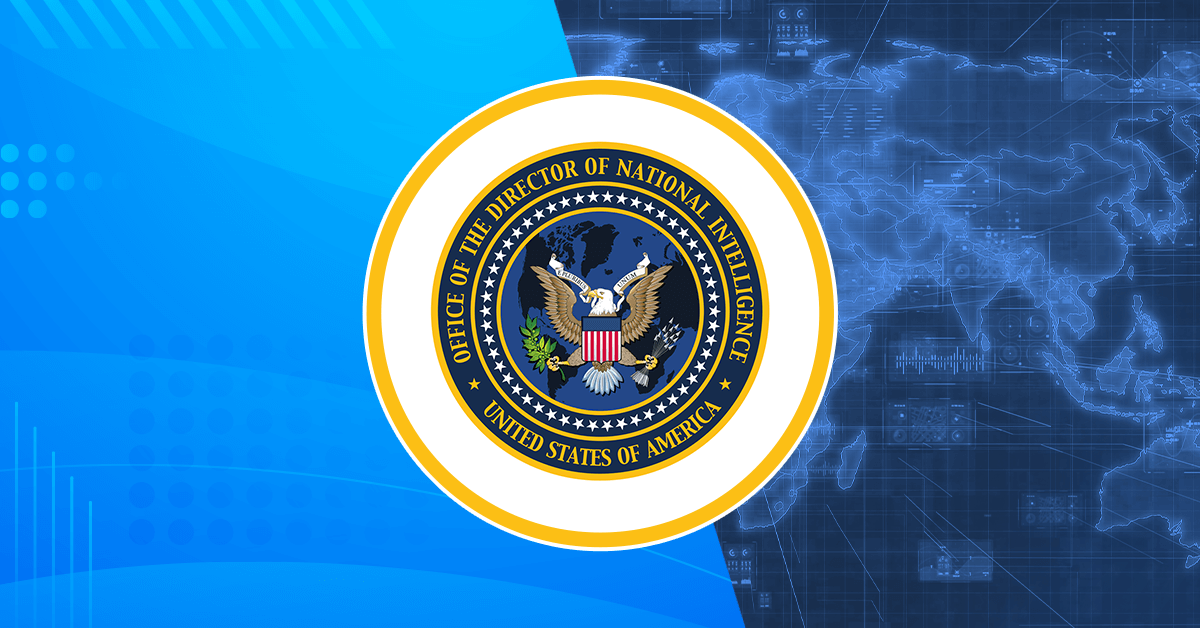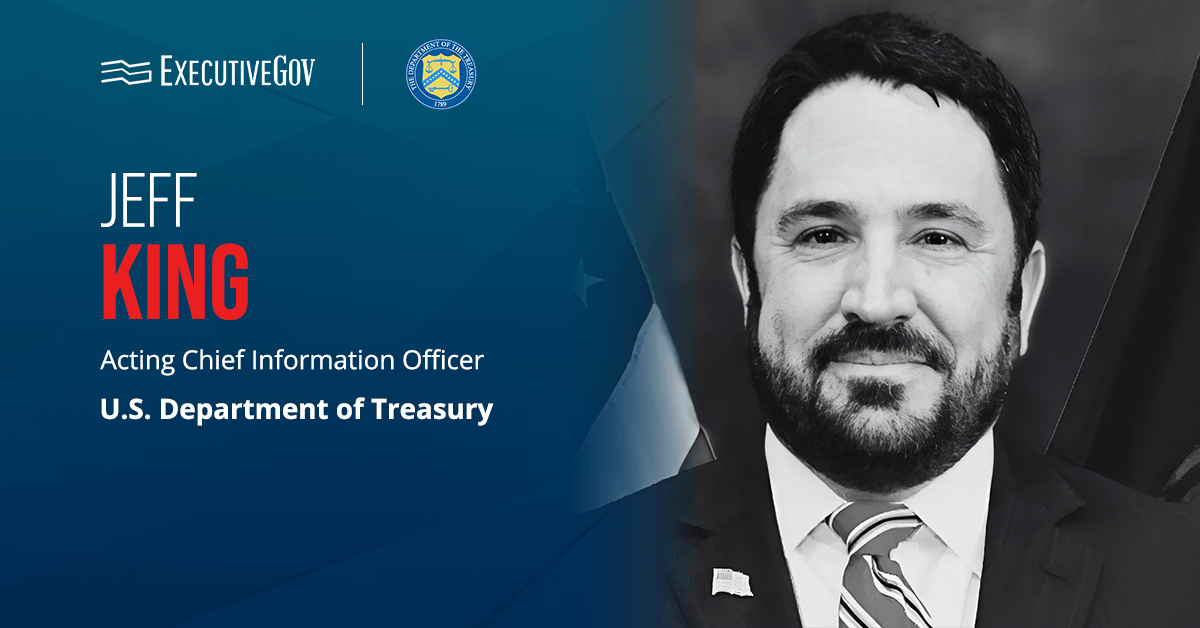The Defense Innovation Unit and the Joint Counter-small UAS Office, or JCO, have issued a solicitation seeking industry input on low-collateral defeat, or LCD, options in support of the Replicator 2 program.
Enhancing Defense Against Small Drones
The DIU said Monday the notice aims to solicit proposals for LCD technologies that can be rapidly developed and deployed across the joint force and incorporated into current counter small unmanned aerial systems, or C-sUAS.
The request for proposal, which aligns with E.O. 14269 or Modernizing Defense Acquisitions and Spurring Innovation in the Industrial Base, also recognizes the need for new technologies to enhance strategic capabilities of the Department of Defense, including all military services, the Northern Command, or NORTHCOM, the Office of the Under Secretary of Acquisition and Sustainment and the partnership with the United Kingdom.
As part of the Replicator initiative, the solicitation aims to support warfighters with LCD capabilities that effectively neutralize small drone threats while reducing risks to friendly forces, civilians and infrastructures.
Interested contractors have until May 19 to submit their responses.
“This project is a key step in our joint solutions approach to address the growing threats and challenges of all-domain drone warfare,” said JCO Director, Maj. Gen. David Stewart, a 2025 Wash100 Award winner. “We are focused on accelerating capability development, while introducing novel operating concepts,” he added.
“DIU continues to work with partners across DOD to accelerate efforts to address UAS threats in both combat environments and highly populated areas,” said Doug Beck, director of the DIU.













